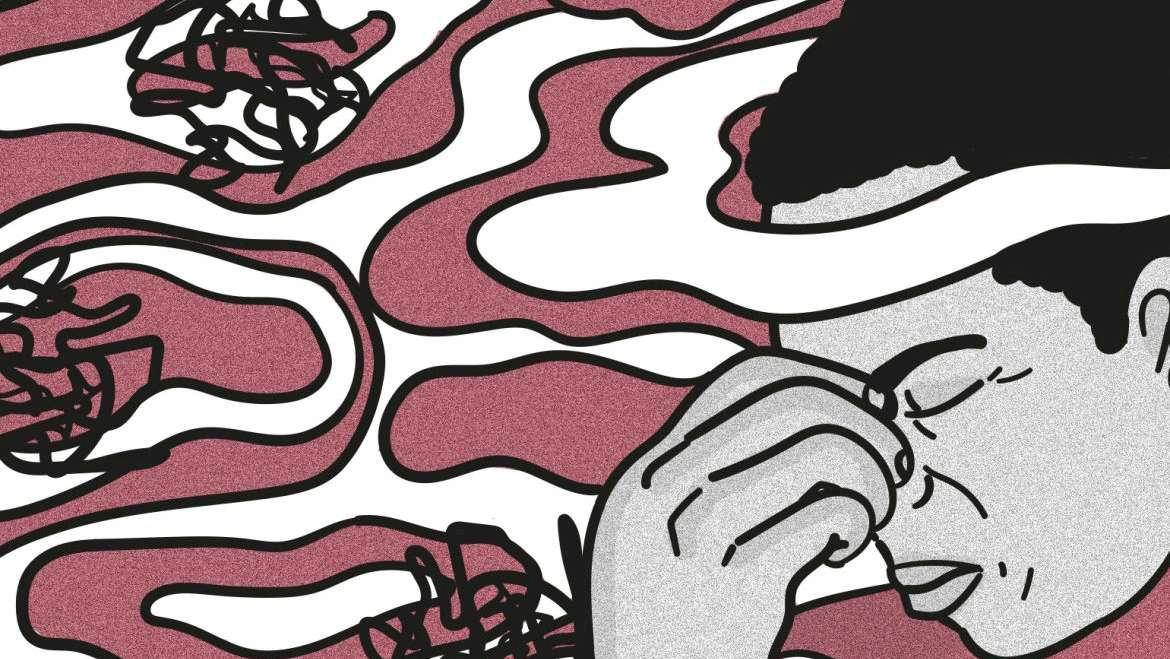The link between mental health disorders and terrorism has long been a focus of academic research. Attention has focused most heavily on understanding the prevalence of mental disorders among those involved in terrorism. Evidence about the rates of mental health disorders among different categories of terrorists, including jihadist, right-wing and lone actors, is growing in strength. However, the causal relationship between mental health and engagement in terrorism remains unclear.
This report surveys research on the prevalence of mental health problems in the general offending population in prisons and probation. It describes what is known about rates of mental disorder among terrorism offenders and different kinds of ideologically motivated extremist. It also considers the effects of mental health problems on terrorism, their influence on radicalisation processes and propensity for violence, and the limited evidence on recidivism.
Prevalence of mental health problems
Current research challenges reductive, either-or approaches to the role and significance of mental health disorders in terrorism. Instead, it is important to understand when, why and for whom mental health problems might be relevant to violent extremism and to examine them in context with other factors.
Elevated rates of mental health disorders are found across the general prison and probation populations in the UK and internationally; the prevalence of psychosis is significantly higher than in the general population.
Comparatively little research exists on the mental health needs of those convicted of terrorism offences in the UK.
Former paramilitary prisoners in Northern Ireland have been found to suffer extensively with mental health problems.
Jihadists and foreign fighters suffer from above average rates of severe mental health disorders. These commonly include schizophrenia, autism spectrum disorder, and PTSD.
Members of white supremacist movements have disproportionately high rates of mental health problems.
Some research suggests white supremacist groups may accept those with mental disorders because of their capacity for violence. More research is needed to understand how recruitment processes operate in relation to those with mental health problems.
Lone actors display higher rates of mental health disorders than group-based terrorists. Such problems appear to be particularly prevalent among single-issue attackers when compared with those motivated by right-wing or Islamist ideologies.
Effects of mental health problems on terrorism
The complex processes by which mental health problems combine or interact with other factors during radicalisation are poorly understood.
Those with mental health disorders are thought to be at increased risk of interpreting the actions of others negatively; becoming fixated by extremist ideologies; or angered by alleged acts of oppression or mistreatment. However, these assumptions require empirical testing.
Mental health disorders are thought to make individuals more vulnerable to stress and the influence of radicalisers or extremist ideology. Precisely how this informs the move towards violence has not been properly explored.
The relationship between support for violent extremism and mental health problems is complex; mild depression may correspond with elevated support for radical views but holding these beliefs may also protect individuals from more severe depression.
Short-term stressors may be important in motivating lone actors with mental health problems to plan and engage in attacks.
Although some studies have found a small but significant link between having a mental health disorder and violence in the general offending population, the relationship remains contested. Psychosis-related disorders and depression appear to elevate the likelihood of violence.
Mental health disorders have been shown to strongly correlate with increased criminal recidivism in non-terrorism related offending. Very little is known about the impact of these issues on terrorist recidivism.
This report takes a broad definition of mental health, which includes neuro-developmental conditions such as Autism Spectrum Disorder (ASD) and learning difficulties. Within the literature on terrorism, mental health problems are not always clearly defined and generally include both common and serious psychiatric disorders. Due to the difficulty in observing mental disorders accurately, some studies choose to identify ‘mental disturbance’ or ‘psychological distress’, which indicate the presence of some kind of mental health problem. Examples include suicidal ideation and suicide attempts, self-harm behaviours, and descriptions of symptoms or disorders.
Read more
- Bubolz, B. F., & Simi, P. (2019). The Problem of Overgeneralization: The Case of Mental Health Problems and U.S. Violent White Supremacists. American Behavioral Scientist. https://doi.org/10.1177/0002764219831746
- Corner, E., Bouhana, N. & Gill, P. (2019) The multifinality of vulnerability indicators in lone-actor terrorism. Psychology, Crime & Law, 25:2, 111–132.
- https://doi.org/10.1080/1068316X.2018.1503664
- Corner, E., & Gill, P. (2015) A false dichotomy? Mental illness and lone-actor terrorism. Law and Human Behavior, 39(1), 23–34. http://dx.doi.org/10.1037/lhb0000102
- Gill, P., Clemmow, C., Hetzel, F., Rottweiler, B., Salman, N., Van Der Vegt, I. & Taylor, H. (2020). Systematic Review of Mental Health Problems and Violent Extremism. The Journal of Forensic Psychiatry & Psychology, 1–28. https://doi.org/10.1080/14789949.2020.1820067
- Jameison, R., Shirlow, P. & Grounds, A. (2010) Ageing and Social Exclusion among Former Politically Motivated Prisoners in Northern Ireland and the Border Region of Ireland. Changing Age Partnership report. https://irishcriminologyresearchnetwork.files.wordpress.com/2010/09/cap-reportfinal-jamieson-et-al.pdf
- Weenik, A. (2015). Behavioral Problems and Disorders among Radicals in Police Files. Perspectives on Terrorism, 9:2. http://www.terrorismanalysts.com/pt/index.php/pot/article/view/416
Copyright Information
As part of CREST’s commitment to open access research, this text is available under a Creative Commons BY-NC-SA 4.0 licence. Please refer to our Copyright page for full details.
IMAGE CREDITS: Copyright ©2024 R. Stevens / CREST (CC BY-SA 4.0)






